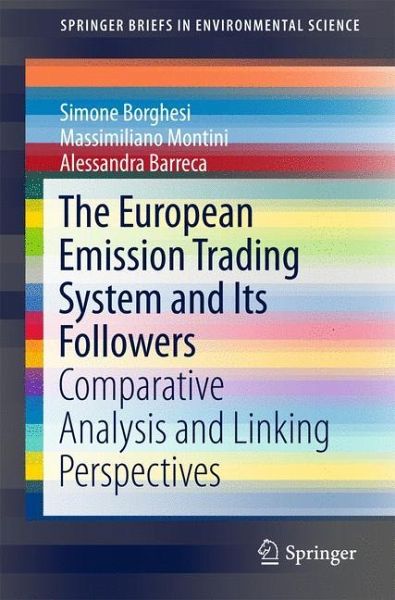
The European Emission Trading System and Its Followers
Comparative Analysis and Linking Perspectives

PAYBACK Punkte
19 °P sammeln!
Given the rapid spread of ETSs in an increasing number of countries and the important role that they are likely to play for the success or failure of the environmental policy in the years to come, this book provides an interdisciplinary analysis of the EU ETS from both the legal and economic perspectives comparing it with the other main ETSs existing worldwide, in order to assess whether the EU ETS has truly represented a prototype for the other ETSs established around the world and to investigate the current perspectives for linking them in the future.Through the years, the EU ETS has progres...
Given the rapid spread of ETSs in an increasing number of countries and the important role that they are likely to play for the success or failure of the environmental policy in the years to come, this book provides an interdisciplinary analysis of the EU ETS from both the legal and economic perspectives comparing it with the other main ETSs existing worldwide, in order to assess whether the EU ETS has truly represented a prototype for the other ETSs established around the world and to investigate the current perspectives for linking them in the future.Through the years, the EU ETS has progressively gained a paramount position within the EU environmental policy and climate change legislation and currently represents the most striking flagship in this sector, with more than 11.000 installations covered by the scheme. In parallel, the EU ETS has paved the way for the establishment of many other ETSs in several other jurisdictions. Such schemes are now recognized worldwide as the "cornerstones" of the climate change policy.














